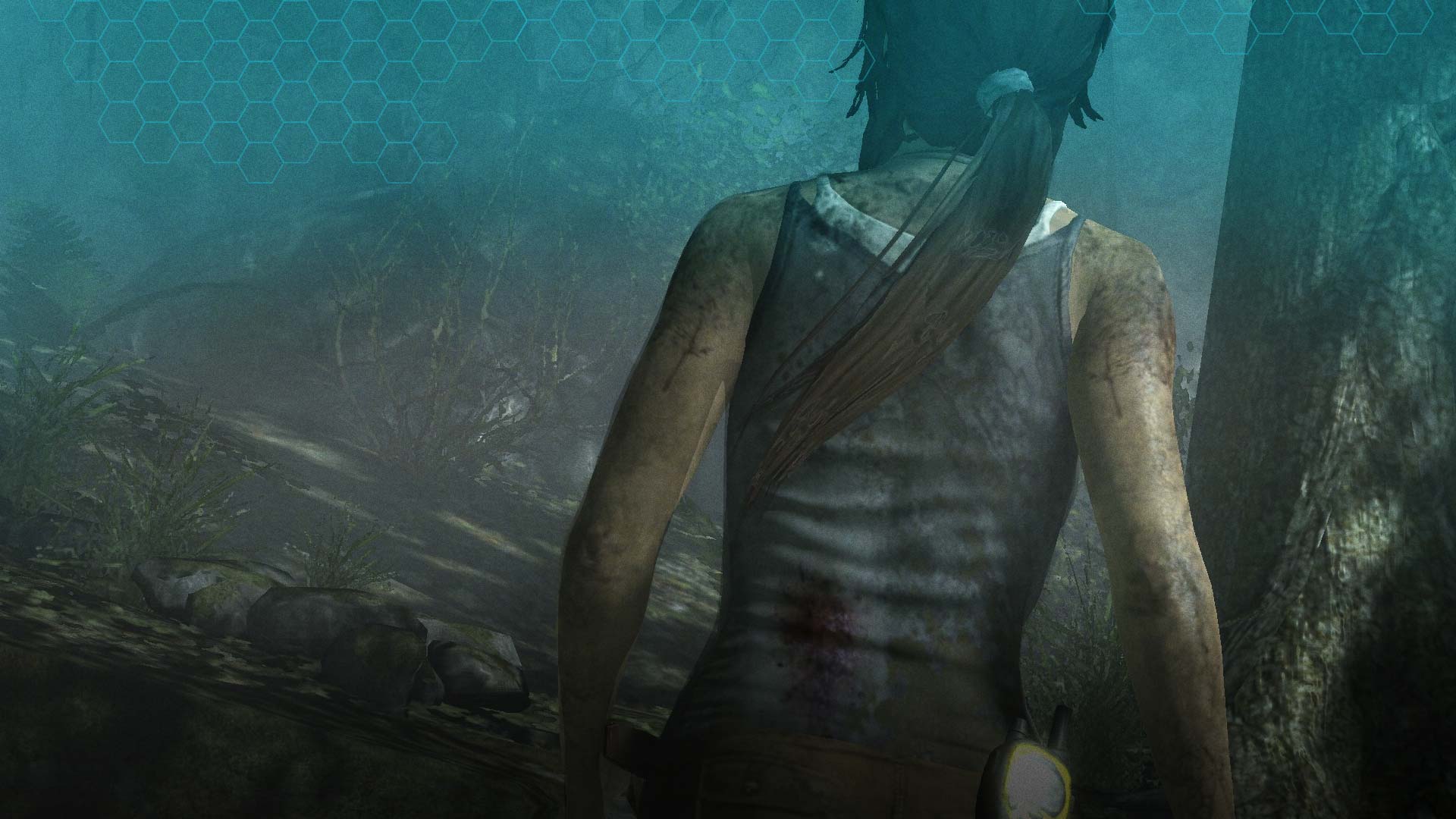Does increasingly “gritty” art styles indicate a change in the gaming psyche?
As she tumbled down the slippery incline a sickening thud signaled the end of her journey. As her wails of pain pierced the air we are shown the wound where a rusty spike had stopped her in place. The camera eagerly zooms in on the grisly sight; showing us the final b***** death throes of the young heroine.
If you were to travel back in time to the late-90’s and inform enthusiastic fans of Lara Croft’s triangular ‘assets’ that this was the future of Tomb Raider, what kind of response would you get?
Graphics vs Grit
Graphical realism is a big thing in games these days; in fact it’s one of the main contributing factors to whether a game sells or not. While there are of course exceptions to the rule (Minecraft, Just Dance, most things Nintendo), the hardcore gaming market is still dominated by the “good graphics = good game mentality”.
Interestingly, for many games good graphics has also come to equate to more “gritty” artistry. According to the Urban Dictionary, the word gritty is defined as being “harsh, rough, or portraying something more course than it really is”.
This trend is most clearly seen in AAA games; with the best-selling titles of 2013 including the likes of Call of Duty: Ghosts, Tomb Raider, Battlefield 4, The Last of Us, and Batman: Arkham City.
While FPS titles like CoD and Battlefield have always been striving to portray the “dirty realism of war”, and has thus become grittier as graphics technology has evolved, the same cannot be said for other genres. A clear example is the Tomb Raider franchise, a series which started out as an Indiana Jones-esque adventure game, and evolved into a Saw-like death simulator in the 2013 reboot.
The best-selling new IP of the year was The Last of Us, a harsh survival game in which characters desperately claw at each other to stay alive in a post-apocalyptic wasteland. Even series like Final Fantasy, known for its rich storylines and beautiful fantasy worlds have seemingly embraced grittiness, with the trailers for the upcoming Final Fantasy XV looking more like a Christopher Nolan film than the fantasy RPG roots from whence it came.
That’s not saying gritty games are a bad thing, a title’s level of violence hardly affects its enjoyment. One thing is certain though; dark, mature, and gritty games are popular right now. The question is whether this is due to better graphical technology, or whether it signifies a deeper shift in the gaming psyche.
The Generation Gap
As in society at large, distinctions can be made between different generations of gamers, and it’s here where we may be able to pin the tail on the grit donkey. Gamers in their mid-twenties or older, globally categorized as belonging to Generation Y (or late Gen X’ers) are generally the ones who grew up during the golden age of gaming.
If you still find yourself reminiscing about your days playing Contra or TMNT on the NES, then you know what we’re talking about. The generation who missed or was too young to remember the video game crash of 1983, who wasn’t around during the Pac-man arcade debut or Magnavox Odyssey days, but who grew up with an NES, a 386 computer, or playing Street Fighter in the arcade.
It’s this generation, dubbed by GameInformer as the OG (original gamer) generation who today make up the majority of gamers. Irrespective of preferred platform or gaming frequency (hardcore vs. casual), these gamers grew up with gaming as a central (and sometimes overriding) part of their lives.
As the audience matured, so too did the games; not only becoming more graphically complex but also evolving to serve the needs of a new demographic. More mature gamers simply means making more mature games.
Thus the prevalence of gritty games on the market can be seen simply reflecting the changing tastes of a generation entering adulthood, instead of a sudden penchant for more violent titles (as violent video game alarmists frequently make it out).
Passing the Torch
While adults playing violent games is hardly something to be alarmed about, one thing that might be good to keep in mind is how these changing tendencies are affecting new gamers.
The bottom line is, it being 2014 and all means that today’s 14-year-old gamers are frequently experiencing mature games from the get-go. Many of them didn’t have the “introductory experiences” of Contra, Doom, or even Mario to help them find their bearing in an industry becoming quickly over-saturated with ultra realistic shooters.
Though it’s hardly thought this is anything to be alarmed about, it might not be a terrible idea to at least acknowledge its potential influencing the evolution of the gaming industry going forward. Will today’s CoD playing middle schoolers one day feel the need for a romp through a pixilated wonderland (*cough* Minecraft *cough*), or will their early “gritty game” experiences usher in a very different looking gaming landscape 20 years from now?
The bottom line; is AAA game artistry destined for a bit more of the old ultraviolence, or will the industry achieve balance thanks to the rise of casual? Let us know what you think in the comments below.

 …WOOLY DESERVES BETTER LOL!
…WOOLY DESERVES BETTER LOL!